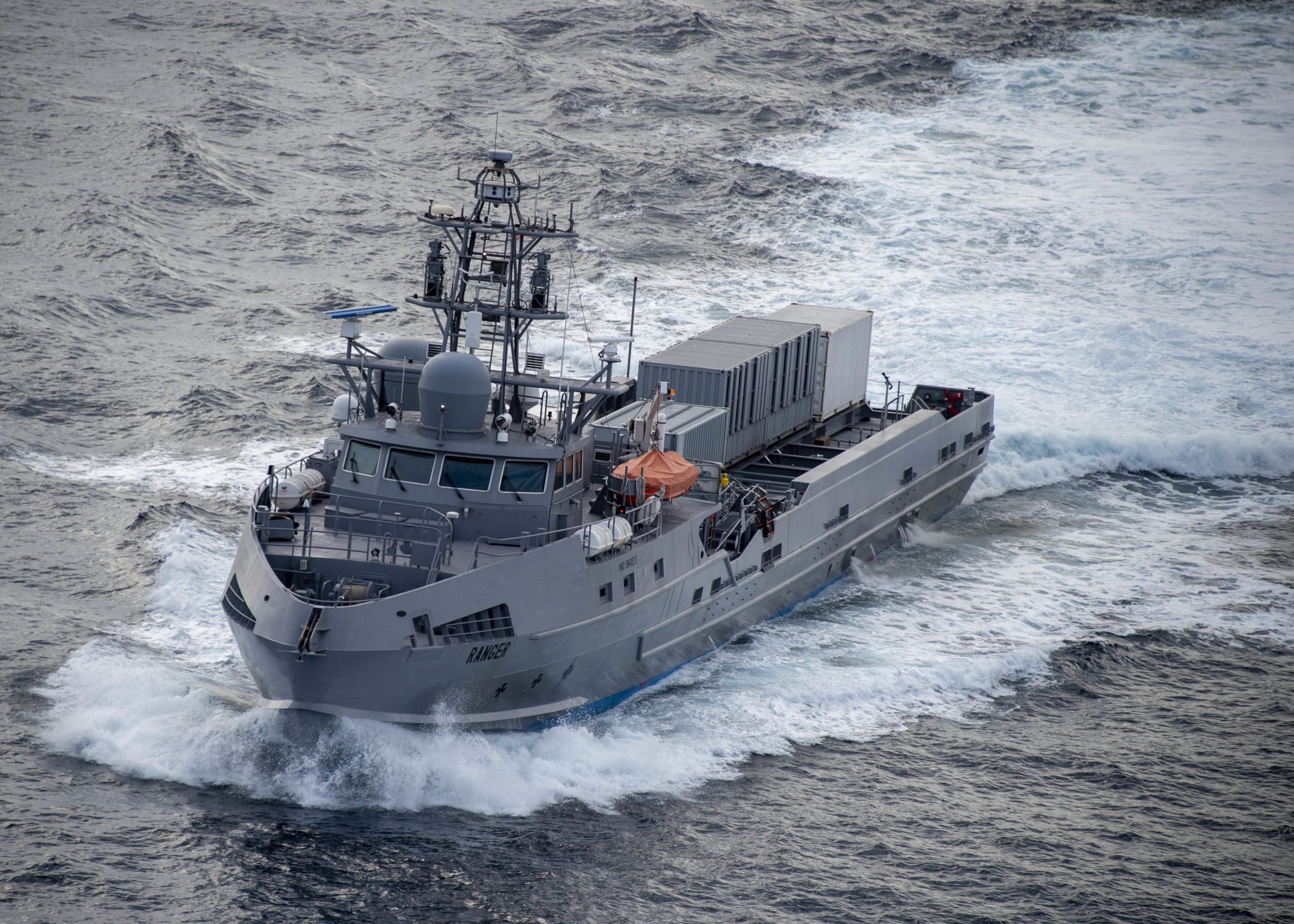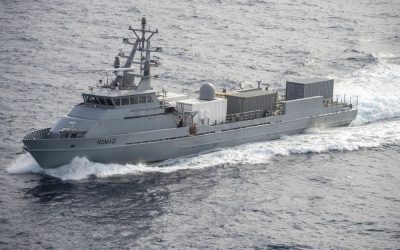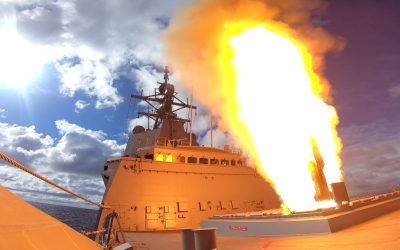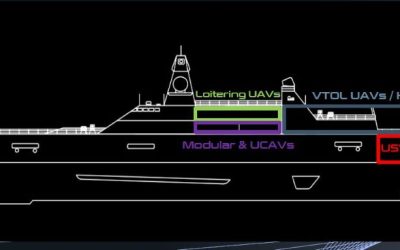By David Foxwell
Publication by the International Institute for International Affairs (IISS) of the Military Balance every year has always been an eagerly awaited moment in defence circles, particularly as now in times of conflict and military confrontation.
The annual assessment of military capabilities and defence economics of 173 countries has become an essential resource for those involved in security policymaking, analysis and research.
As the IISS states in the introduction to this year’s publication, change in military affairs is often incremental and slow, but that is not always the case. Sometimes it happens quite quickly, as is the case now with unmanned surface, above and underwater units.
“In many nations there is a formal process in which national-security priorities are assessed, defence policies are produced or updated and restructuring efforts reshape military organisations,” says the IISS, “meanwhile, procurement plans lead to the arrival of new or upgraded equipment, changing the size and composition of inventories.”
This year, apart from the expected analysis of manned military forces and capabilities, the 2023 Military Balance also focused on the rapid evolution of unmanned forces and, as the authors of the publication note: “Global navies are embracing unmanned vehicles with a level of enthusiasm not seen before.”
As the IISS subsequently notes, although what it calls ‘uninhabited maritime vehicles (UMVs)’ are not new, Russia’s full-scale invasion of Ukraine is emerging as the same kind of catalyst for their adoption that the war in Afghanistan was for uninhabited (unmanned) aerial vehicles (UAVs).
“Ukraine has shown the asymmetric advantage a smaller navy can gain from innovative use of UMVs to fend off larger, more conventional platforms,” says the IISS. “While such technology is proving positive for Ukraine in menacing Russia’s Navy, the tactics Kyiv is employing also illustrate the headache such systems pose for top-tier navies in regions such as the Gulf, where the potential for UMVs to act as loitering torpedoes or overwhelm a ship’s defences via a swarm attack pose a threat to both commercial shipping and military vessels.”
As readers of Warship Technology will know navies around the world, from the Black Sea to the Gulf, to the Indo-Pacific, to the US, are embracing the technology across a diverse mission set. While UMVs appear to be completely different entities from their traditional ship counterparts, they are increasingly being used alongside each other. The US Navy’s Task Force 59 in the Gulf and the Red Sea, for instance, is showing the synthesis between uninhabited vehicles and crewed ships in delivering on operations.
As the IISS notes, many unmanned vehicles are still experimental, but the technology, in some form or another, is here to stay. As a result, with UMVs set to become a key feature of future naval power, the Military Balance is starting to track how these systems are making their way into naval inventories. Within Military Balance, UMVs fall into two principal categories: uninhabited platforms and uninhabited systems. The former are larger and may complement more traditional naval vessels. The US Navy’s Sea Hunter unmanned surface vessel (USV) or the Republic of Singapore Navy’s Protector USV, for instance, are obvious examples of the technology. Uninhabited systems, by contrast, typically work with other systems and equipment to achieve an effect. Typical examples include the SeaFox mine identification and disposal vehicles, or the REMUS family of sensor systems.
“Even before the war in Ukraine, the proliferation of UMVs in areas such as mine warfare and military data gathering over the past 20 years set the technology up for wider adoption in more traditional maritime security roles in navies, large and small,” the IISS concludes.
“The US Navy in particular has major plans to incorporate UMVs into its future fleet mix, and Kyiv’s success has supercharged those dynamics, demonstrating the ability to mix low-cost technology with great operational effect.
“Still, big issues remain for naval forces and the future of UMVs, including how to maintain the right balance between traditional naval platforms and UMVs to meet operational needs. Finally, another issue that will need to be addressed is how to introduce cost-effective defences against these systems.”






